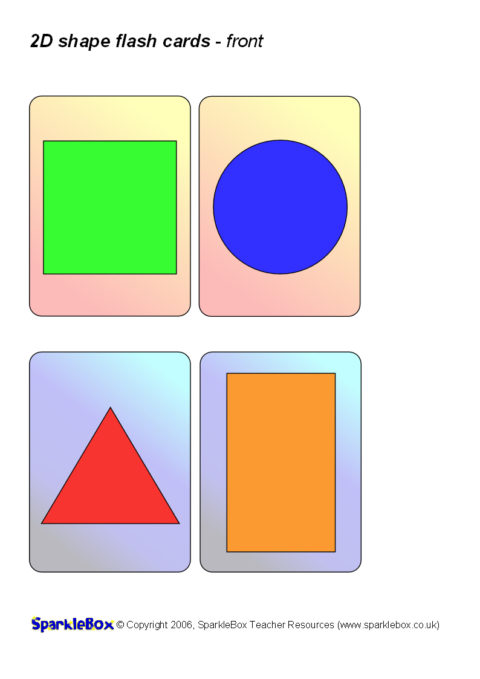

#2d common picture shapes software
🖼 Find the 15 best options in this guide👇 Click to Tweetīelow, we cover every major graphic file format, from raster web images, to vectors, to image editing software files. but for the other 92%, displaying images with the right file type is essential. Only 8% of websites include no visual content. Since the SVG calculates the positions based on a percentage of the total area, and not pixels, there’s no pixelation at all. Vector Image Format Magnification (Image source: )Īs you can see, the difference between quality when magnified 7x is completely incomparable. This means you can endlessly enlarge the original image resolution without any loss in quality or distortion. Vector graphics instead use a system of lines and curves on a cartesian plane, scaled in comparison to the total area, not any single pixel. Unlike the static raster image file formats, where each design shape and color is tied to a pixel, these formats are more flexible. SVG, EPS, AI, and PDF are examples of vector image file types. The vast majority of the photographs or images you see on the internet use a raster image format. This ends up creating a blurry, pixelated, or otherwise distorted image. Since they’re static, you cannot efficiently resize the images, the original design and pixels will simply get stretched to fill the extra space. Raster image file types display static images where every pixel has a defined color, position, and proportion based on their resolution (for example 1280×720). The most common image formats for the web ( JPEG, GIF, and PNG) are all under the raster category. Suganthan Mohanadasan View plans Raster Image File Formats We also try to be at that level with our SaaS tool support. Swing Program class SwingTemplateJPanel extends JPanel else if (direction = imgFrames.Kinsta spoiled me so bad that I demand that level of service from every provider now. 2D (of the Java 2D API) greatly extends the functions and capabilities of the Graphics class. It supports mainly straight-line segments. The class is, however, limited in its functions and capabilities. It is important to take note that the graphics co-ordinates system is "inverted", as illustrated.

GUI and custom graphics programming ( javax.swing).OOP, in particular the concepts of inheritance and polymorphism for designing classes.

The pre-requisite knowledge needed to for game programming includes:


 0 kommentar(er)
0 kommentar(er)
